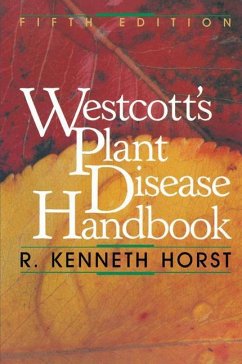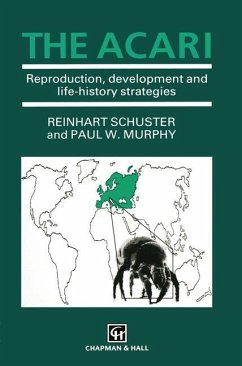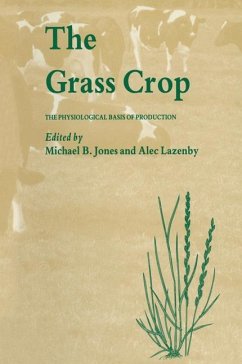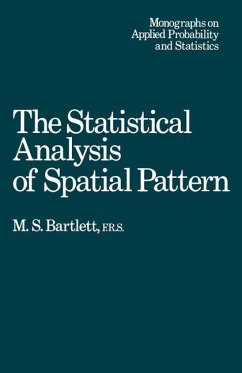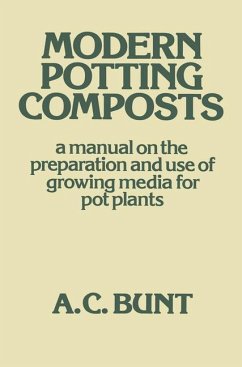
The Pattern of Animal Communities

PAYBACK Punkte
20 °P sammeln!
THE ECOLOGICAL SURVEY on which this book is based began to be planned in 1942, and since 1945 has been mainly centred upon Oxford University's estate at Wytham Woods, where a rich series of habitats from open ground and limestone to woodland with many springs and marshes interspersed occupies a hill set in riverine surroundings. Here biological research workers from the University have accumulated a considerable body of knowledge, some of which I have arranged in a general setting that allows one to comprehend some of the inter-related parts of the whole system. It is also intended to provide ...
THE ECOLOGICAL SURVEY on which this book is based began to be planned in 1942, and since 1945 has been mainly centred upon Oxford University's estate at Wytham Woods, where a rich series of habitats from open ground and limestone to woodland with many springs and marshes interspersed occupies a hill set in riverine surroundings. Here biological research workers from the University have accumulated a considerable body of knowledge, some of which I have arranged in a general setting that allows one to comprehend some of the inter-related parts of the whole system. It is also intended to provide a framework for understanding animal communities elsewhere. The ecological inquirer is, more than most scien tific people, apt to fmd himself lost in a large labyrinth of interrelations and variables. The dictionary defmes a labyrinth as 'an intricate structure of inter communicating passages, through which it is difficult to fmd one's way without a clue'. This could equally be a figurative description of plant and animal communi ties. The present book seeks to provide a plan of construction of the labyrinth and a few new clues that may help the inquirer to know where he is on the gene ral ecological map. In presenting this blue-print of animal communities I have avoided giving long lists of species such as the botanist, with his smaller kingdom, can handle fairly well.





